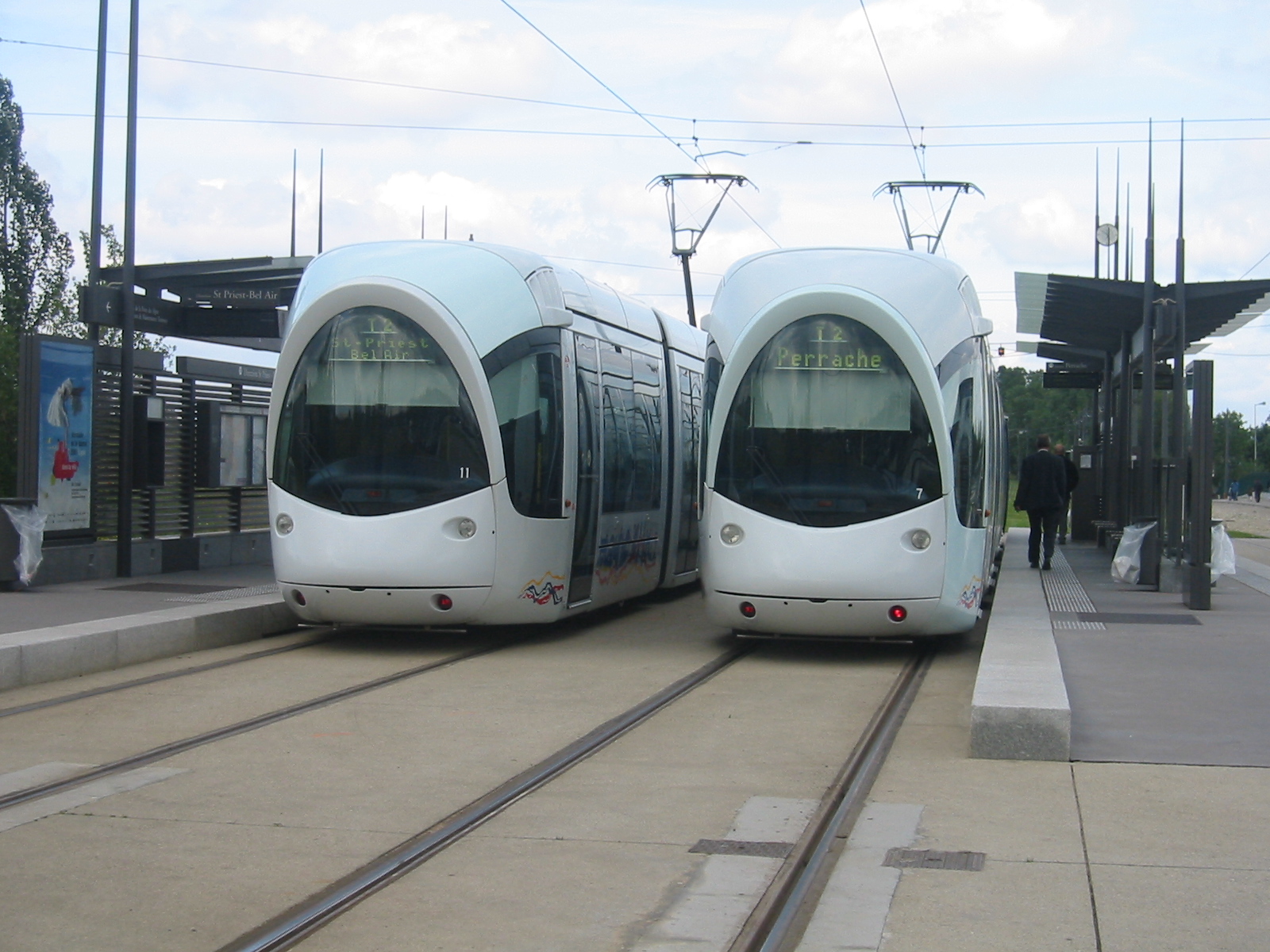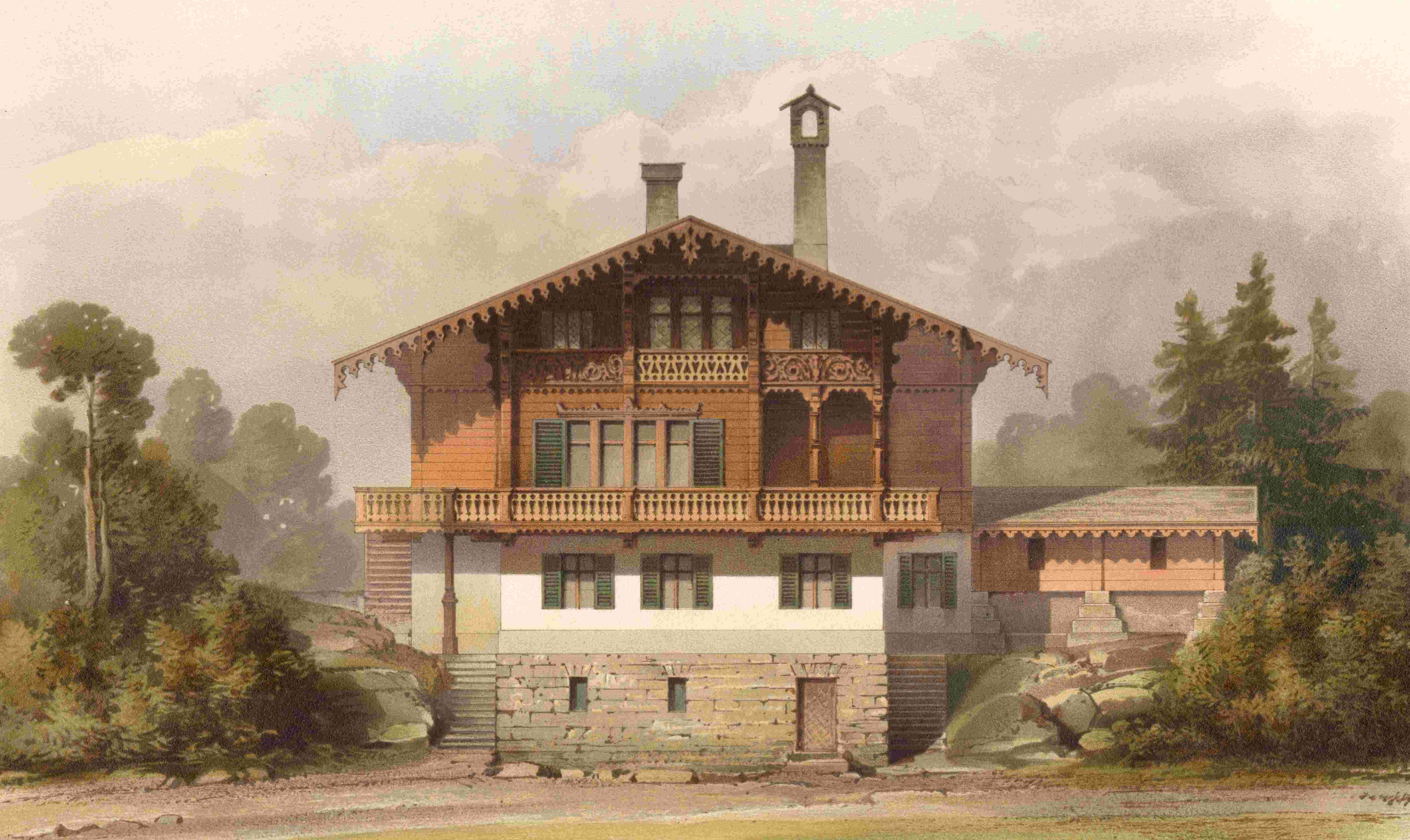|
Bestum
Bestum is a neighbourhood in Ullern in Oslo, Norway. Before the residential area arose, Bestum was mainly an agricultural area. The name origins from the Middle Ages. Bestum was served by a station named "Bestun" and the tram stop Bestum, but both are now closed. The residential houses in the area are drawn in Swiss chalet style Swiss chalet style (german: Schweizerstil, no, Sveitserstil) is an architectural style of Late Historicism, originally inspired by rural chalets in Switzerland and the Alpine (mountainous) regions of Central Europe. The style refers to traditi .... References External linksBestum Vel {{coord, 59, 55, 13, N, 10, 39, 32, E, source:kolossus-nowiki, display=title Neighbourhoods of Oslo ... [...More Info...] [...Related Items...] OR: [Wikipedia] [Google] [Baidu] |
Ullern
Ullern is a borough of the city of Oslo, Norway. History The borough has its name from an old farm, Norse ''Ullarin''. The first element is the genitive case of the name of the Norse god Ullr. The last element is ''vin'', meaning pasture or meadow. In Medieval times, the farm belonged to the monastery at Hovedøya. Following the Reformation in 1536, the farmland was separated between the crown and the local canon. Formally divided into lower and upper Ullern in 1740, both farms were bought by Herman Severin Løvenskiold, in 1878 and 1866 respectively. At the time, Ullern was a part of the rural municipality Aker. Signs of urbanization began in the 1800s, when Skøyen and areas along the Lysaker River, which divides Ullern from Bærum, began developing into industrial sites. The 1872 opening of the Drammen Line railway was a catalyst for further building activity, as were the 1912 opening of the Smestad Line and the 1919 extension of the Skøyen Line to Lilleaker. The two latte ... [...More Info...] [...Related Items...] OR: [Wikipedia] [Google] [Baidu] |
Bestum (station)
Bestum is a former light rail station on the Oslo Tramway. The station was located at Bestum in Ullern, on the Lilleaker Line The Lilleaker Line ( no, Lilleakerbanen) is a suburban tramway from Skøyen in Oslo westwards to Jar, Bærum in Norway. It is operated by Line 13 from Ljabru to Bekkestua of the Oslo Tramway, operated by Oslo Sporvognsdrift. The line continues o ..., between Ullern Station to the east and Furulund Station to the west. References Oslo Tramway stations in Oslo Disused Oslo Tramway stations Railway stations opened in 1919 Railway stations closed in 2004 1919 establishments in Norway 2004 disestablishments in Norway {{Oslo-tram-stub ... [...More Info...] [...Related Items...] OR: [Wikipedia] [Google] [Baidu] |
1103
Year 1103 ( MCIII) was a common year starting on Thursday (link will display the full calendar) of the Julian calendar. Events By place Levant * Spring – Bohemond I, Norman prince of Antioch, is released from Seljuk imprisonment at Niksar, after a ransom is paid of 100,000 gold pieces. During his absence, Tancred (Bohemond's nephew) attacks the Byzantines, and re-captures the cities of Tarsus, Adana and Mamistra in Cilicia. Tancred is deprived of his lordship by Bohemond's return, and is rewarded with a small fief within the Principality of Antioch. * The Crusaders under Raymond IV (Saint-Gilles) invade the Beqaa Valley and capture Tortosa to isolate Tripoli. Raymond expands towards the Orontes River, and begins to build a castle on the Mons Peregrinus ("Pilgrim's Mountain") which helps in the Siege of Tripoli (see 1102). Emperor Alexios I (Komnenos) supports the Crusaders by sending a Byzantine fleet (ten ships) to blockade the port of Tripoli. * Summer ... [...More Info...] [...Related Items...] OR: [Wikipedia] [Google] [Baidu] |
Oslo
Oslo ( , , or ; sma, Oslove) is the capital and most populous city of Norway. It constitutes both a county and a municipality. The municipality of Oslo had a population of in 2022, while the city's greater urban area had a population of in 2019, and the metropolitan area had an estimated population of in 2021. During the Viking Age the area was part of Viken. Oslo was founded as a city at the end of the Viking Age in 1040 under the name Ánslo, and established as a ''kaupstad'' or trading place in 1048 by Harald Hardrada. The city was elevated to a bishopric in 1070 and a capital under Haakon V of Norway around 1300. Personal unions with Denmark from 1397 to 1523 and again from 1536 to 1814 reduced its influence. After being destroyed by a fire in 1624, during the reign of King Christian IV, a new city was built closer to Akershus Fortress and named Christiania in honour of the king. It became a municipality ('' formannskapsdistrikt'') on 1 January 1838. The city fu ... [...More Info...] [...Related Items...] OR: [Wikipedia] [Google] [Baidu] |
Norway
Norway, officially the Kingdom of Norway, is a Nordic country in Northern Europe, the mainland territory of which comprises the western and northernmost portion of the Scandinavian Peninsula. The remote Arctic island of Jan Mayen and the archipelago of Svalbard also form part of Norway. Bouvet Island, located in the Subantarctic, is a dependency of Norway; it also lays claims to the Antarctic territories of Peter I Island and Queen Maud Land. The capital and largest city in Norway is Oslo. Norway has a total area of and had a population of 5,425,270 in January 2022. The country shares a long eastern border with Sweden at a length of . It is bordered by Finland and Russia to the northeast and the Skagerrak strait to the south, on the other side of which are Denmark and the United Kingdom. Norway has an extensive coastline, facing the North Atlantic Ocean and the Barents Sea. The maritime influence dominates Norway's climate, with mild lowland temperatures on the se ... [...More Info...] [...Related Items...] OR: [Wikipedia] [Google] [Baidu] |
Store Norske Leksikon
The ''Great Norwegian Encyclopedia'' ( no, Store Norske Leksikon, abbreviated ''SNL''), is a Norwegian-language online encyclopedia. The online encyclopedia is among the most-read Norwegian published sites, with more than two million unique visitors per month. Paper editions 1978–2007 The ''SNL'' was created in 1978, when the two publishing houses Aschehoug and Gyldendal merged their encyclopedias and created the company Kunnskapsforlaget. Up until 1978 the two publishing houses of Aschehoug and Gyldendal, Norway's two largest, had published ' and ', respectively. The respective first editions were published in 1907–1913 (Aschehoug) and 1933–1934 (Gyldendal). The slump in sales for paper-based encyclopedias around the turn of the 21st century hit Kunnskapsforlaget hard, but a fourth edition of the paper encyclopedia was secured by a grant of ten million Norwegian kroner from the foundation Fritt Ord in 2003. The fourth edition consisted of 16 volumes, a t ... [...More Info...] [...Related Items...] OR: [Wikipedia] [Google] [Baidu] |
Middle Ages
In the history of Europe, the Middle Ages or medieval period lasted approximately from the late 5th to the late 15th centuries, similar to the post-classical period of global history. It began with the fall of the Western Roman Empire and transitioned into the Renaissance and the Age of Discovery. The Middle Ages is the middle period of the three traditional divisions of Western history: classical antiquity, the medieval period, and the modern period. The medieval period is itself subdivided into the Early, High, and Late Middle Ages. Population decline, counterurbanisation, the collapse of centralized authority, invasions, and mass migrations of tribes, which had begun in late antiquity, continued into the Early Middle Ages. The large-scale movements of the Migration Period, including various Germanic peoples, formed new kingdoms in what remained of the Western Roman Empire. In the 7th century, North Africa and the Middle East—most recently part of the Eastern Ro ... [...More Info...] [...Related Items...] OR: [Wikipedia] [Google] [Baidu] |
Tram Stop
A tram stop, tram station, streetcar stop, or light rail station is a place designated for a tram, streetcar, or light rail vehicle to stop so passengers can board or alight it. Generally, tram stops share most characteristics of bus stops, but because trams operate on rails, they often include railway platforms, especially if stepless entries are provided for accessibility. However, trams may also be used with bus stop type flags and with mid-street pavements as platforms, in street running mode. Examples Most tram or streetcar stops in Melbourne and Toronto and other systems with extensive sections of street-running have no associated platforms, with stops in the middle of the roadway pavement. In most jurisdictions, traffic cannot legally pass a tram or streetcar whose doors are open, unless the tram is behind a safety zone or has a designated platform. On the other hand, several light rail systems have high-platform stops or stations with dedicated platforms at railway ... [...More Info...] [...Related Items...] OR: [Wikipedia] [Google] [Baidu] |
Swiss Chalet Style
Swiss chalet style (german: Schweizerstil, no, Sveitserstil) is an architectural style of Late Historicism, originally inspired by rural chalets in Switzerland and the Alpine (mountainous) regions of Central Europe. The style refers to traditional building designs characterised by widely projecting roofs and facades richly decorated with wooden balconies and carved ornaments. It spread over Germany, Austria-Hungary, Italy, France and Scandinavia during the Belle Époque era. History Swiss chalet style originated in the Romantic era of the late 18th- and early 19th-century, when the ideas of the English landscape garden inspired parks and residences in Germany, such as the Dessau-Wörlitz Garden Realm. It became highly appreciated on the continent by noble landowners who were impressed by the "simple life" of people living in the mountains. The chalet style soon spread over the German ''Mittelgebirge'' landscapes such as the Harz mountains or the Dresden area and the adjace ... [...More Info...] [...Related Items...] OR: [Wikipedia] [Google] [Baidu] |
Neighbourhoods Of Oslo
A neighbourhood (British English, Irish English, Australian English and Canadian English) or neighborhood (American English; see spelling differences) is a geographically localised community within a larger city, town, suburb or rural area, sometimes consisting of a single street and the buildings lining it. Neighbourhoods are often social communities with considerable face-to-face interaction among members. Researchers have not agreed on an exact definition, but the following may serve as a starting point: "Neighbourhood is generally defined spatially as a specific geographic area and functionally as a set of social networks. Neighbourhoods, then, are the spatial units in which face-to-face social interactions occur—the personal settings and situations where residents seek to realise common values, socialise youth, and maintain effective social control." Preindustrial cities In the words of the urban scholar Lewis Mumford, "Neighbourhoods, in some annoying, inchoate ... [...More Info...] [...Related Items...] OR: [Wikipedia] [Google] [Baidu] |

.jpg)



